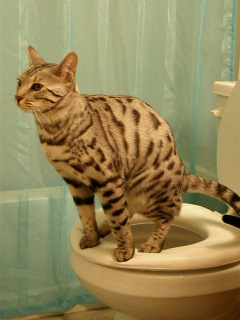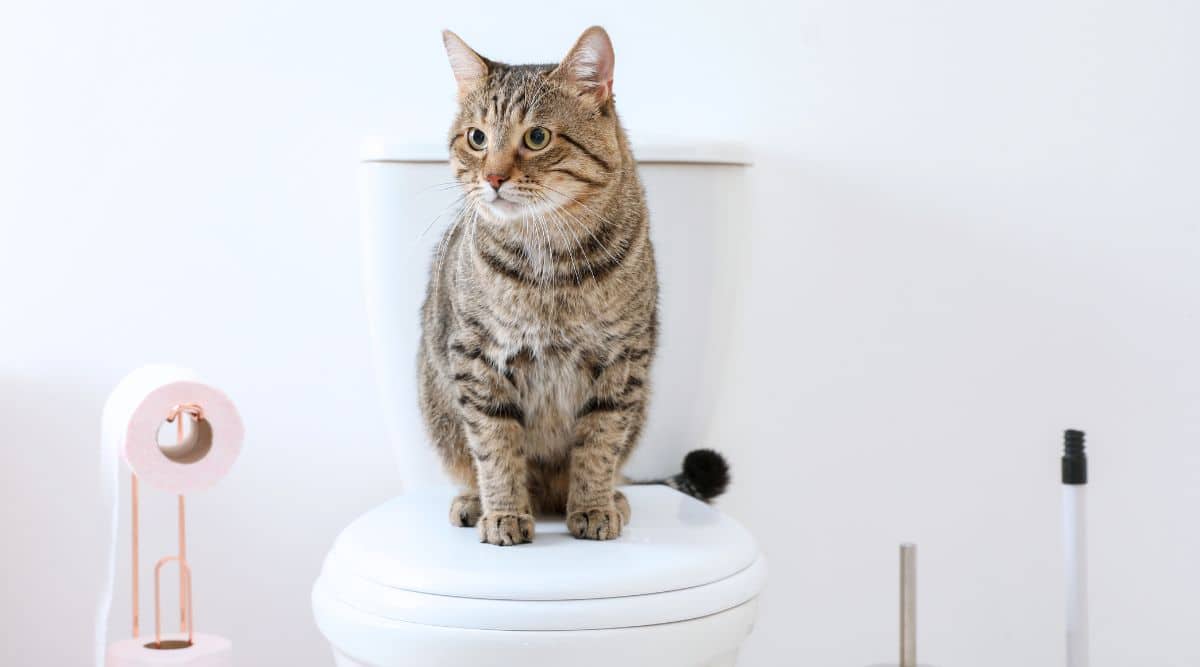The Dangers of Animal Waste in the Toilet
The Dangers of Animal Waste in the Toilet
Blog Article
The content directly below on the subject of Can You Flush Dog and Cat Poo Down the Toilet? is definitely compelling. You should take a peek.

When it pertains to throwing away waste, particularly animal waste, lots of people usually consider the practical alternative of flushing it down the bathroom. Nonetheless, this seemingly very easy service can have severe consequences for the atmosphere and public health. In this write-up, we'll explore why flushing animal waste down the toilet is a bad idea and offer different approaches for correct disposal.
Introduction
Proper garbage disposal is important for preserving environmental sustainability and public health. While it might seem safe to flush animal waste down the commode, it can result in various concerns, both for the setting and human well-being.
Dangers of flushing pet waste
Ecological effect
Purging pet waste presents harmful microorganisms and pathogens right into rivers, which can negatively impact water communities. These virus can infect water sources and harm aquatic life, disrupting fragile ecological communities.
Public health concerns
Animal waste has unsafe bacteria such as E. coli and Salmonella, which can pose serious health risks to people. Flushing animal waste down the toilet can contaminate water supplies, resulting in the spread of illness and infections.
Alternatives to flushing
Instead of purging animal waste down the toilet, there are numerous different disposal methods that are more eco-friendly and sanitary.
Composting
Composting animal waste is a green way to dispose of it. By composting, organic matter is broken down right into nutrient-rich dirt, which can be made use of to fertilize gardens and plants.
Landfill disposal
Getting rid of pet waste in a garbage dump is another option. While not as environmentally friendly as composting, it is a much safer alternative to flushing, as it stops the contamination of water sources.
Animal waste disposal systems
There are specific pet dog garbage disposal systems offered that safely and hygienically get rid of animal waste. These systems typically make use of enzymes to break down waste and eliminate smells.
Steps to proper pet garbage disposal
To make certain appropriate disposal of pet waste, comply with these actions:
Scooping and getting waste
Consistently scoop and bag pet waste using naturally degradable bags. This protects against waste from contaminating the atmosphere.
Utilizing designated waste bins
Dispose of bagged animal waste in assigned waste bins, such as compost bins or landfill bins. Avoid flushing it down the bathroom in all costs.
Cleansing can and animal areas on a regular basis
Routinely clean litter boxes and pet dog areas to prevent the buildup of waste and germs. Use pet-safe cleaning items to keep health.
Benefits of proper disposal techniques
Adopting proper disposal methods for pet waste supplies a number of advantages:
Minimized environmental pollution
Appropriate disposal techniques reduce the risk of environmental pollution, protecting waterways and ecological communities from contamination
Lessened threat of water contamination.
By staying clear of flushing pet waste down the commode, the threat of water contamination is considerably minimized, guarding public health.
Enhanced cleanliness and hygiene
Correct disposal techniques promote better hygiene and hygiene, creating a more secure setting for both human beings and animals.
Conclusion
Finally, purging pet waste down the bathroom is hazardous to the setting and public health. By adopting alternate disposal methods and complying with correct waste administration methods, we can minimize the unfavorable effect of pet waste and add to a cleaner, much healthier earth.
What To Do With Dog Poo – The Do's And Don'ts Of Disposing Of Faeces
Dog poo bins
Some councils provide dedicated dog waste bins in popular dog-walking areas that can take dog poo that has been bagged but you can legally dispose of dog waste in any public litter bin, as long as it is securely bagged. This also applies to your wheelie bin at home.
Do not flush
Water companies do not recommend flushing dog faeces down the toilet because certain parasites can survive the water processing treatment and are potentially harmful to humans. You should also never consider flushing dog poo that has been bagged down the toilet as the bags will not break down and instead create severe blockages in the sewage system.
In the woods
The Forestry Commission promotes a ‘stick and flick’ method for dealing with waste in the woods. This means finding a stick and using it to flick any poo from off the path so that it is out of the way of other walkers. You could also bury it as long as it is not in an area where there might be livestock.
Livestock
Parasites found in dog poo can be transmitted to livestock if they inadvertently eat infected faeces that has been left on grazing land. This could result in the death of sheep or abortion in cattle so you should always make sure you pick up your dog’s waste in fields where livestock could be present.

Routinely clean litter boxes and pet dog areas to prevent the buildup of waste and germs. Use pet-safe cleaning items to keep health.
Benefits of proper disposal techniques
Adopting proper disposal methods for pet waste supplies a number of advantages:
Minimized environmental pollution
Appropriate disposal techniques reduce the risk of environmental pollution, protecting waterways and ecological communities from contamination
Lessened threat of water contamination.
By staying clear of flushing pet waste down the commode, the threat of water contamination is considerably minimized, guarding public health.
Enhanced cleanliness and hygiene
Correct disposal techniques promote better hygiene and hygiene, creating a more secure setting for both human beings and animals.
Conclusion
Finally, purging pet waste down the bathroom is hazardous to the setting and public health. By adopting alternate disposal methods and complying with correct waste administration methods, we can minimize the unfavorable effect of pet waste and add to a cleaner, much healthier earth.
What To Do With Dog Poo – The Do's And Don'ts Of Disposing Of Faeces
Dog poo bins
Some councils provide dedicated dog waste bins in popular dog-walking areas that can take dog poo that has been bagged but you can legally dispose of dog waste in any public litter bin, as long as it is securely bagged. This also applies to your wheelie bin at home.
Do not flush
Water companies do not recommend flushing dog faeces down the toilet because certain parasites can survive the water processing treatment and are potentially harmful to humans. You should also never consider flushing dog poo that has been bagged down the toilet as the bags will not break down and instead create severe blockages in the sewage system.
In the woods
The Forestry Commission promotes a ‘stick and flick’ method for dealing with waste in the woods. This means finding a stick and using it to flick any poo from off the path so that it is out of the way of other walkers. You could also bury it as long as it is not in an area where there might be livestock.
Livestock
Parasites found in dog poo can be transmitted to livestock if they inadvertently eat infected faeces that has been left on grazing land. This could result in the death of sheep or abortion in cattle so you should always make sure you pick up your dog’s waste in fields where livestock could be present.

We are very interested by 4 Reasons Why Dog Poop Cleanup is Important and I am assuming you liked the post. If you enjoyed reading our page plz remember to pass it around. I appreciate reading our article about .
Hire A Pro Report this page